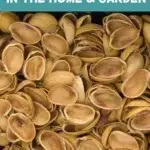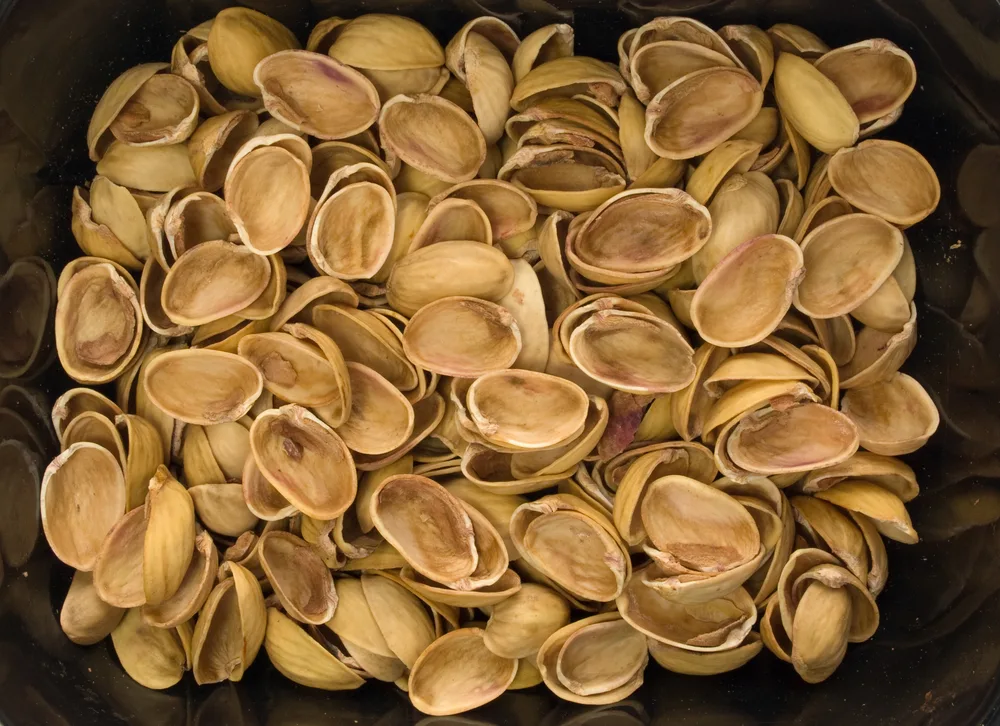
Native to the Middle East, the pistachio tree (Pistacia vera) is a long lived desert plant that bears clusters of small reddish drupes.
Pistachio drupes need long, hot, and dry summers in order to properly ripen. When they mature, the pliable exterior peel and inner hard shell splits open with an audible pop.
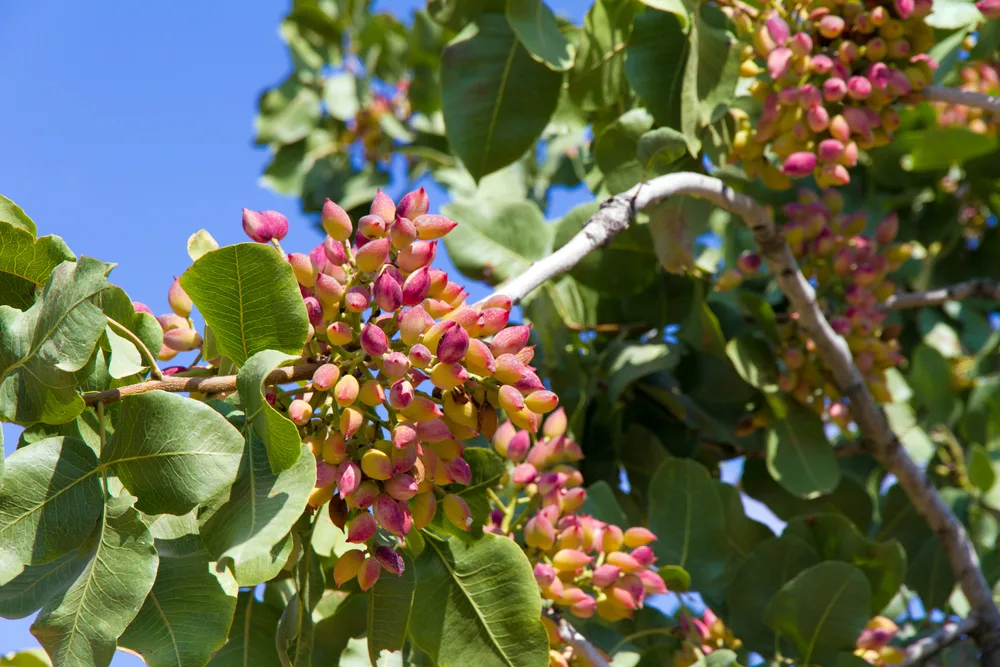
With the peel removed, what is left is the beige, partially opened shell containing the edible seed we all know and love.
As a tasty and guilt-free snack, these seeds are quite good for you. Chock full of fiber, protein, and healthy fats, pistachios contain a broad spectrum of vitamins and minerals too.
If you’re chowing down on pistachios regularly, you might be wondering what – if anything – can be done with the shells.
Unsalted pistachio shells can be used in the garden (and beyond!) in a myriad of ways.
If you have a preference for salted pistachios, simply rinse them well and let them dry before using them anywhere near plants and soil. Excess sodium in soil is toxic to plants and will cause them to wilt.
1. Mulch
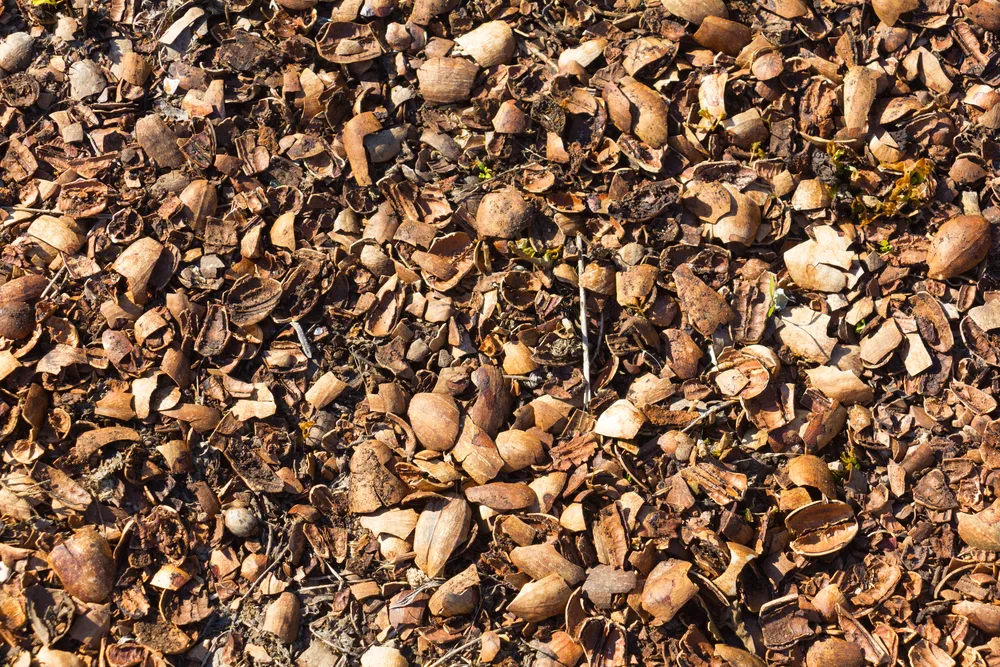
Covering your garden beds with a generous layer of mulch is not only aesthetically-pleasing, it also helps keep the soil moist, boost fertility, and suppress weeds.
Save up your pistachio shells and mix them with wood chip, bark, leaves, or other organic mulch before scattering it over the garden.
Whole pistachio shells are fairly tough and hard and will take ages to fully break down. As they do, they will slowly release carbon, fats, proteins, and carbohydrates to feed the earth.
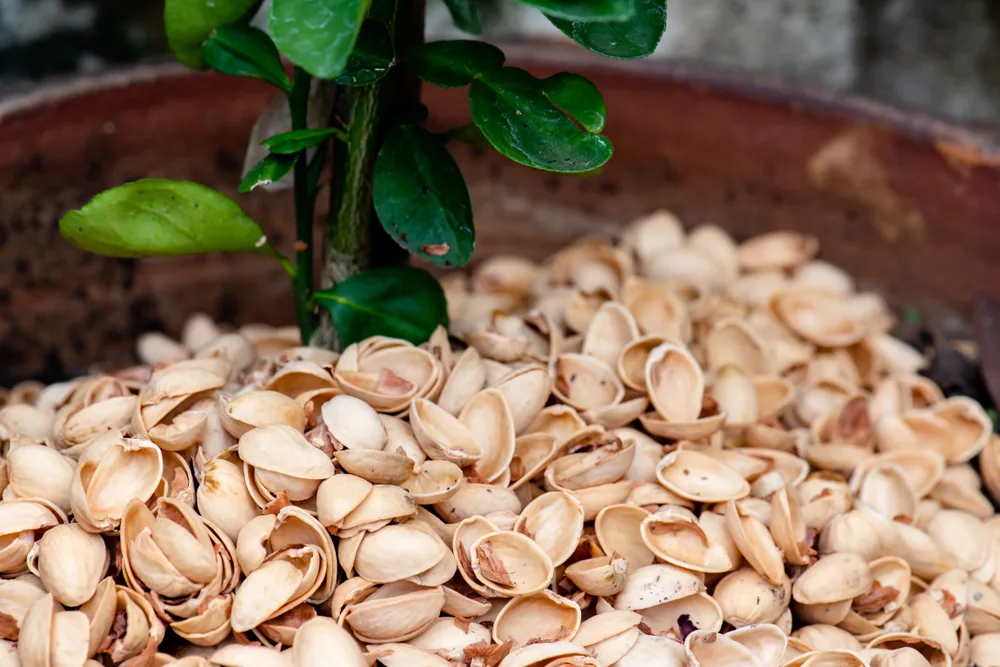
2. Potted Plant Filler
Those really deep decorative planters require a whole lot of soil to fill completely. It’s often a waste of good potting soil too, since the plant’s root system rarely needs that much space to grow.
Lessen the need for copious amounts of soil by filling the bottom potion of the container with pistachio shells.
Allow for enough room at the top for potting soil. The planting depth should be matched to the mature size of the cultivar. Herbs, lettuce, and other smaller plants need only 12 inches of soil while tomatoes and other larger specimens would be better off with 24 to 36 inches of soil.
As an added bonus, pistachio shells will assist with drainage so the plant’s root system is never sitting in water.
3. Potted Plant Drainage
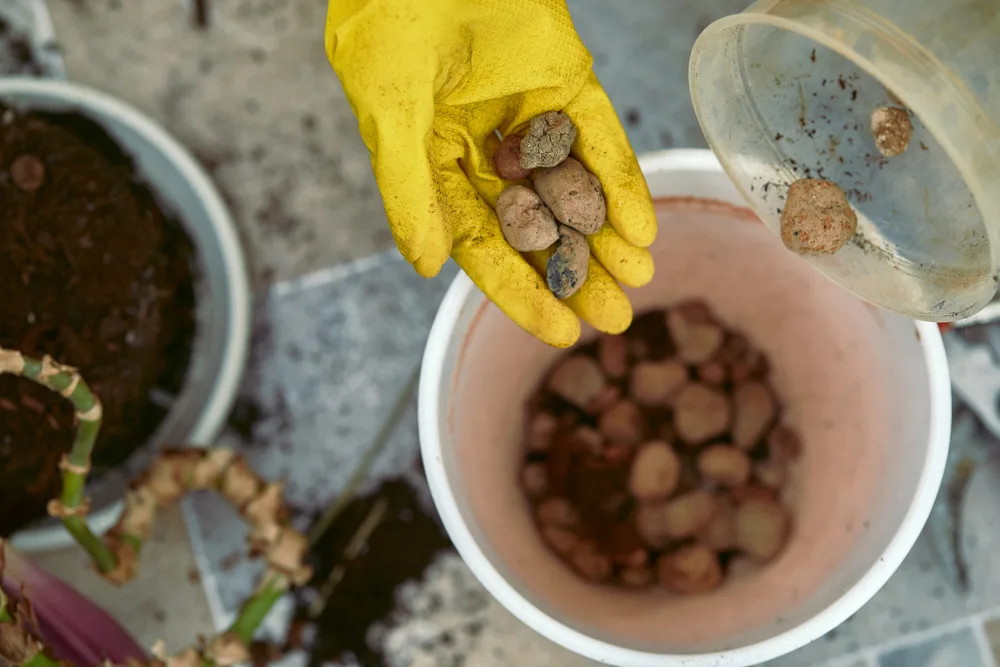
Speaking of drainage, using pistachio shells to line the bottom of any potted plant will prevent them from becoming waterlogged.
This trick is especially useful when the pot lacks a proper hole for drainage.
With an empty container, add an inch or so layer of pistachio shells along the bottom. Top the container up with soil and add plants.
Water that isn’t taken up by the plant will drain into this pistachio shell layer – keeping the root system up and way from excess moisture.
Though the classic drainage materials are small rocks and pebbles, the advantage of pistachio shells is they will eventually biodegrade, so you’ll never have to fish them out of the soil when re-potting your plants.
4. Pest Deterrent
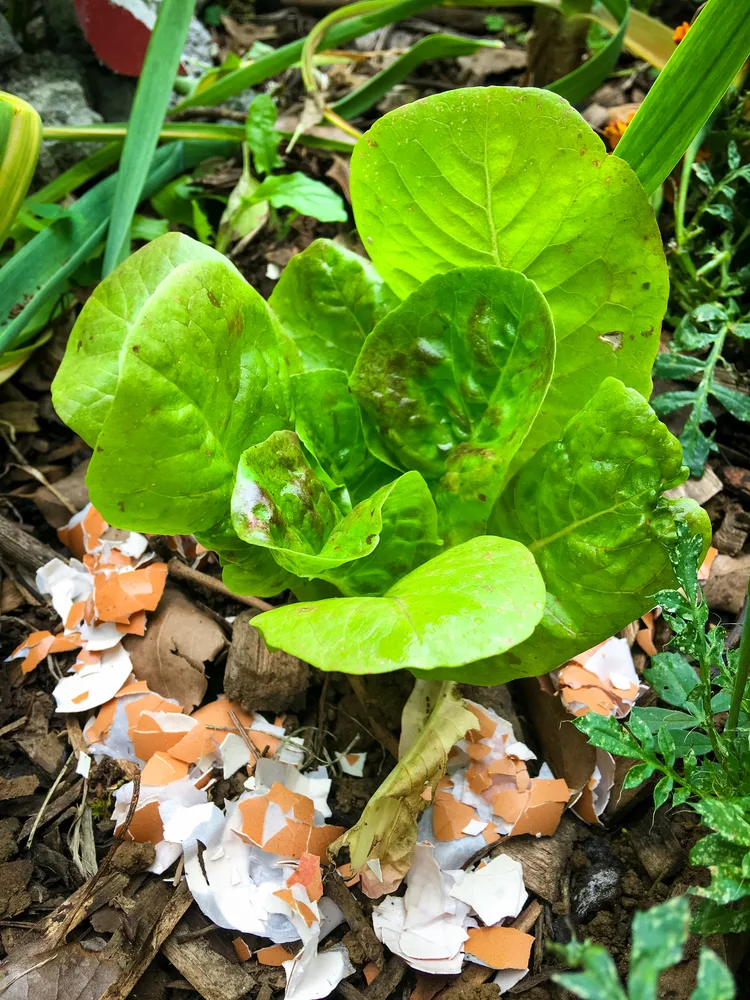
Make your garden and potted plants less appealing to irksome critters with pistachio shells.
Spread them as a thick top dressing around outdoor plants to deter squirrels, chipmunks, and raccoons from digging in the soil.
Pistachio shells can also be used to deter slugs and snails – but only if they’re salted. Create a blockade against slimy gastropods by sprinkling the shells in a line around individual plants or the entire perimeter of the garden.
Indoors, pistachio shells can be added to houseplant containers to prevent our furry friends from messing with our beloved greens.
5. Fire Kindling
The woody composition of pistachio shells makes them quite useful for fire making.
To start or revive a dying fire, toss a handful or two of pistachio shells to get things going.
Pistachio shells are a great kindling for enclosed fire pits and wood stoves.
Before adding them to an open campfire, it’s important to note that nut shells – including pistachio – contain fats that pop and sizzle when exposed to high heat:
Give open fires plenty of space after adding pistachio shells.
You can also make a fire starter by crumpling pistachio shells up in newspaper before tossing it in. This will help stop them from jumping out of the flames.
6. Crafting
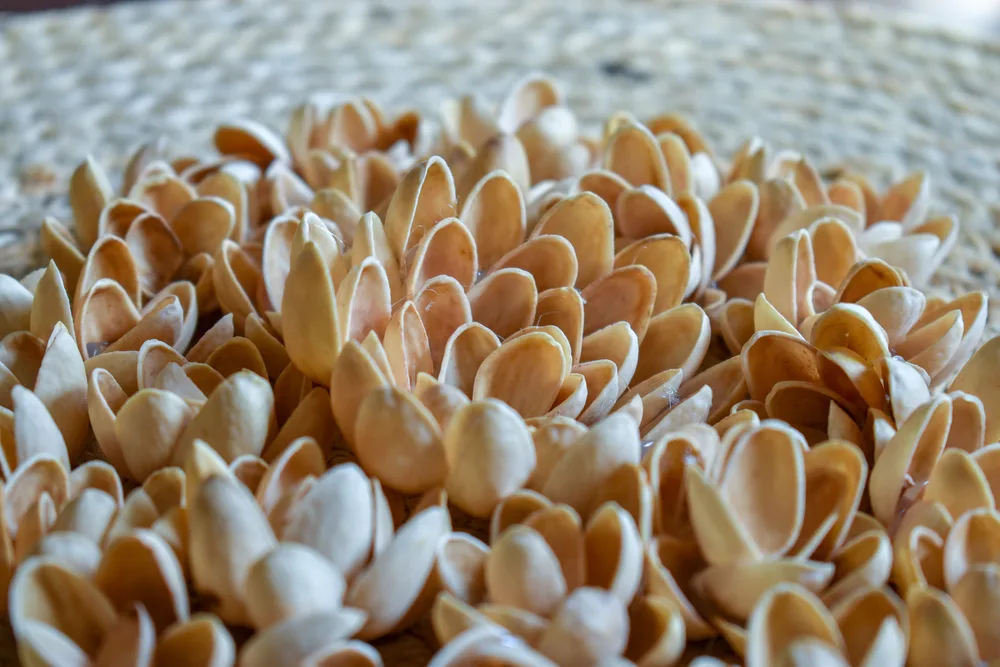
Ingenious crafters have uncovered numerous ways to incorporate pistachio shells into their DIY projects.
Because of their curved shape, pistachio shells can be made to look like beautiful flowers that will never wilt and die:
Try your hand at this gorgeous hanging succulent garden – from Addicted 2 Decorating.
Or a bright and cheery painted floral wreath – from Craft Shack Chronicles.
Create a decorative tree for that bucolic look – from Handimania.
Make an array of lotus candle holders – from Instructables.
You can also wear your pistachio shells with this lovely ombre necklace – from Crème de la Craft.
7. Compost
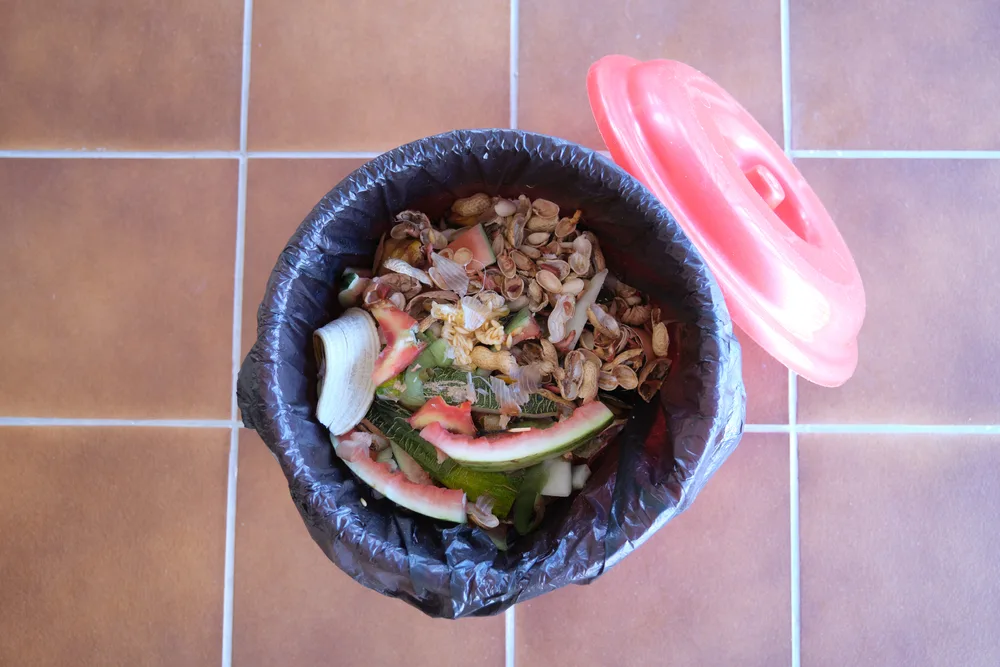
When all else fails, pistachio shells are a terrific bulky “brown” material for the compost.
Pistachio shells are hard and slow to degrade, but you can speed up the process considerably by crushing them up before tossing them in.
Another option is to soak whole shells in a bucket of water overnight to soften them. The next day, dump the pistachio shells, along with the water, into your compost heap.
The Easiest Way to Crack Open Closed Pistachio Shells
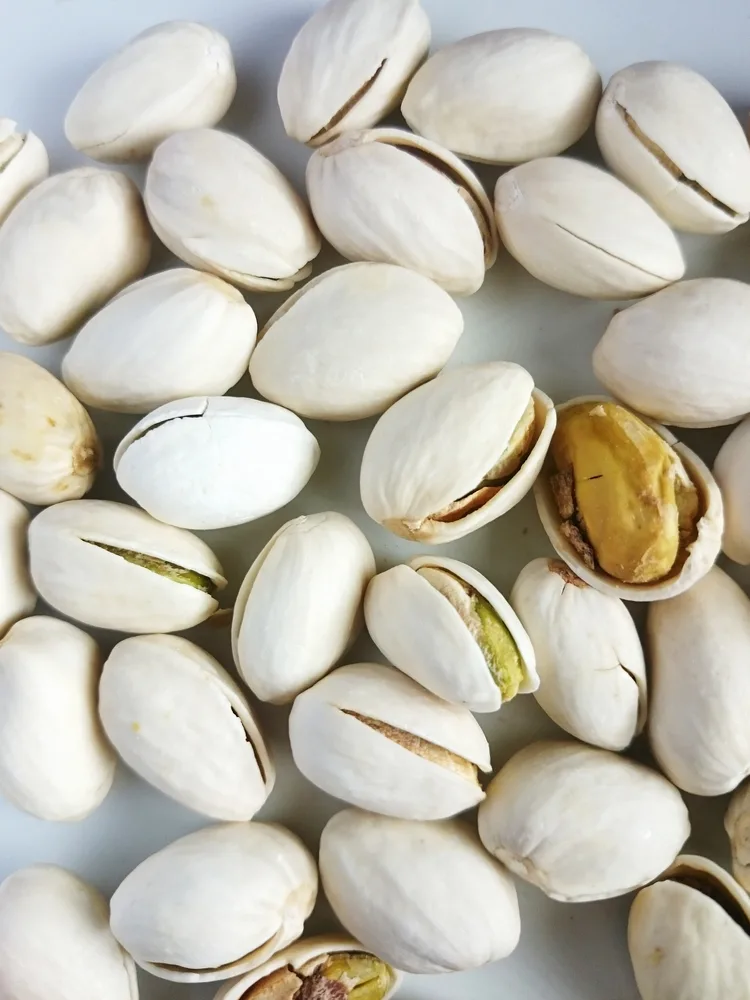
Most pistachio shells naturally split during the ripening process, making them easy to crack open by hand to get at the inner nut.
The other, more stubborn shells that did not split in ripening can be a bit trickier to open.
Here’s a fantastic tip for cracking hard-to-open pistachios. Wedge a single pistachio shell into any small gap along the shell’s seam. And twist, like so:
These hard nuts to crack tend to be the most delicious, so it’s well worth the effort to get them open.

Get the famous Rural Sprout newsletter delivered to your inbox.
Including Sunday ramblings from our editor, Tracey, as well as “What’s Up Wednesday” our roundup of what’s in season and new article updates and alerts.


